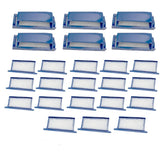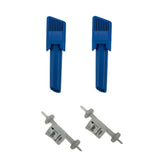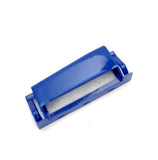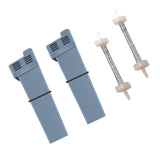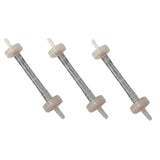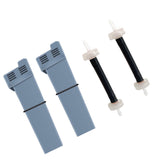Tech Tips
Tech Tips
How does a CPAP machine know when you stop breathing?
How does a CPAP machine know when you stop breathing?
A continuous positive airway pressure (CPAP) machine uses sensors to monitor the patient's breathing patterns and detect when the patient stops breathing. The sensors may be located in the mask or nasal pillows, or they may be incorporated into the control panel of the device.
When the CPAP machine senses that the patient has stopped breathing, it will automatically increase the flow of air to help keep the airways open and allow the patient to resume normal breathing. This is known as "automatic positive airway pressure" (APAP).
Some CPAP machines also have alarms or other alerts that can alert the patient or their sleep partner if the machine detects a cessation of breathing.
It is important to use the CPAP machine as prescribed by a healthcare provider and to follow the manufacturer's instructions for its use. If you are having difficulty using the CPAP machine or are experiencing any other issues, you should contact your healthcare provider for guidance.
A continuous positive airway pressure (CPAP) machine uses sensors to monitor the patient's breathing patterns and detect when the patient stops breathing. The sensors may be located in the mask or nasal pillows, or they may be incorporated into the control panel of the device.
When the CPAP machine senses that the patient has stopped breathing, it will automatically increase the flow of air to help keep the airways open and allow the patient to resume normal breathing. This is known as "automatic positive airway pressure" (APAP).
Some CPAP machines also have alarms or other alerts that can alert the patient or their sleep partner if the machine detects a cessation of breathing.
It is important to use the CPAP machine as prescribed by a healthcare provider and to follow the manufacturer's instructions for its use. If you are having difficulty using the CPAP machine or are experiencing any other issues, you should contact your healthcare provider for guidance.

